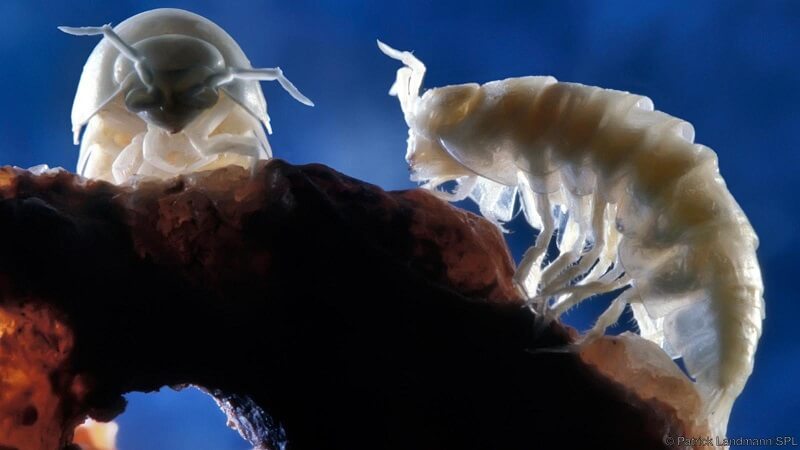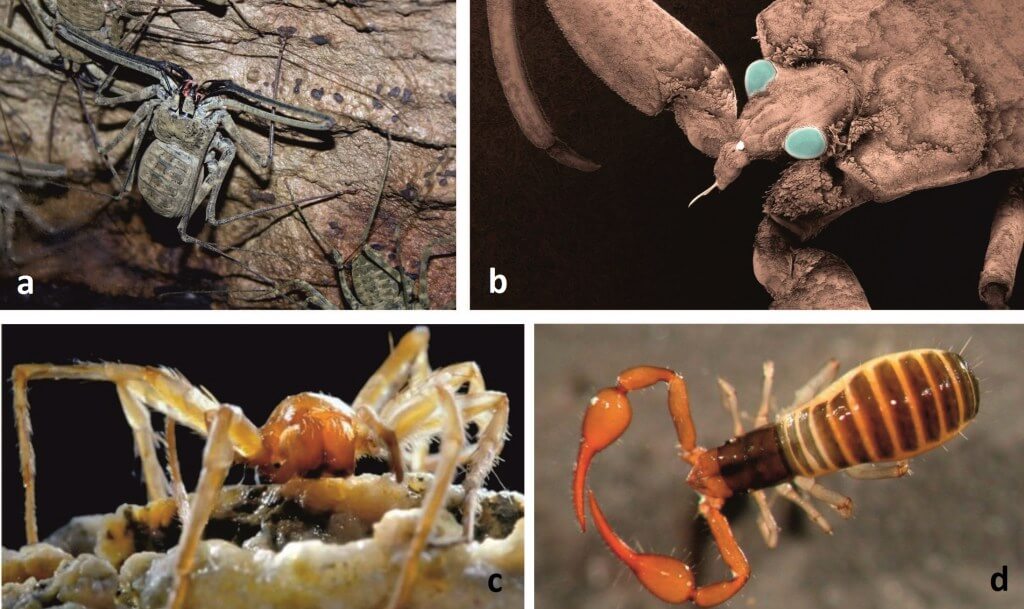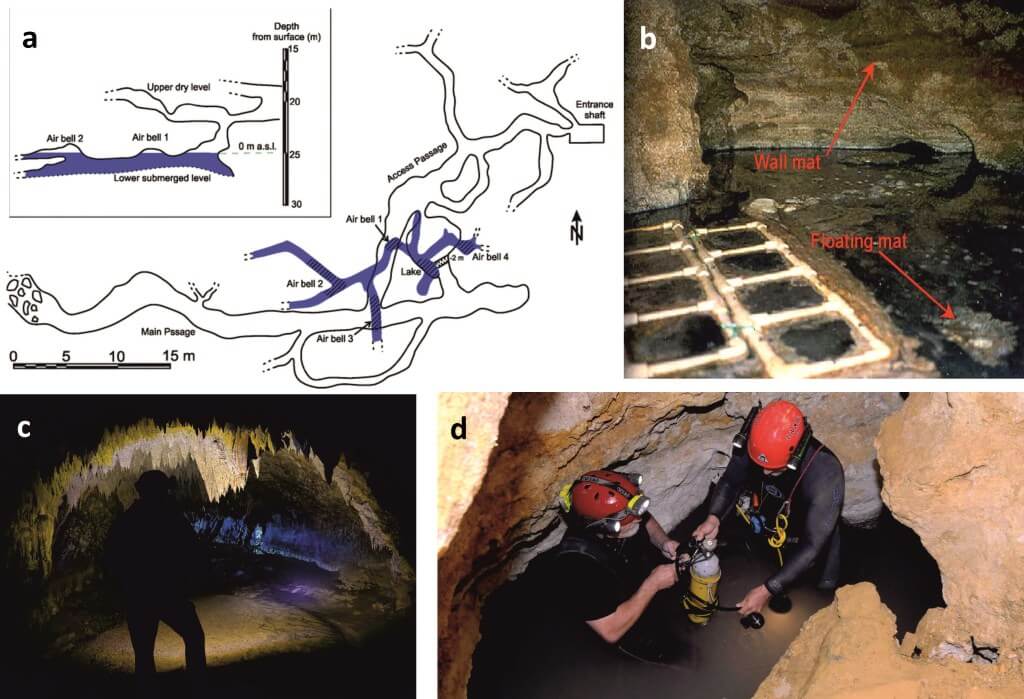
33 Unknown Creatures Found In The Movile Cave, Romania – A 5.5-Million-Year-Old Time Capsule!
The researchers were totally shocked when they discovered 48 different species which were still living in the cave isolated for millions of years.
By N. Hale | Ancient Mysteries
If we try to explain the basic definition of an alien life, we will discover that it is a specific type of life that was created and evolved on a different planet with different gravity than our planet Earth, as well as a different composition of atmosphere. To put it another way, the differences in gravity and atmosphere of the planets make their lives completely different from one another.
Then what if we say that for millions of years, a parallel earth has been evolving somewhere in this planet, and a number of different species, including a few rarest alien-species that don’t exist anywhere else on this planet, have been living in there? Though it may appear unbelievable, it is true.
Discovery of the Movile Cave
In 1986, the workers of communist Romania were exploring the location in the Constanța County near the Black Sea and Bulgarian border, for installation of a power plant.
They suddenly stumbled across a mysterious cave beneath an infertile featureless plain of that area, which had been isolated from rest of the world for near nearly 5.5 million years. It was the time when our ape-like ancestors were coming down from the trees and just began to evolve into the modern humans. Later, this cave was named the ‘Movile Cave’ by the scientists.
Adverse Condition for Life in the Movile Cave
In their study, researchers have found the Movile Cave’s atmosphere to be highly poisonous with some harmful chemicals, preeminently with carbon dioxide (CO2), hydrogen sulphide (H2S) gases and ammonia (NH3) gases that are regularly emitted from water inside the cave. There’s only 10% oxygen (O2) and no discernible source of food neither the lights in the cave’s room-atmosphere. The cave also contains 1–2% methane (CH4), which is nontoxic, yet it is extremely flammable and may form explosive mixtures with air.
Strange Species in the Movile Cave
Though the cave’s internal condition is totally untoward for any earth-life, the researchers were totally shocked when they discovered 48 different species which were still living in there, including the 33 rarest species that exist nowhere else on this planet.

There have been found characteristically unique spiders, leeches, water scorpions, pseudo-scorpions, centipedes, snails and woodlice each with a different biological life which have never been seen before. In all of these, Nepa anophthalma is the only known cave-adapted water scorpion in the world.

While animals have lived in the Movile Cave for 5.5 million years, not all of them arrived simultaneously. The most recent animal recorded is the cave’s only species of snail, which has inhabited the cave for slightly more than 2 million years.
How They Survive Inside This Bio-Adverse Cave?
All these strange creatures completely rely on a mysterious and strange floating layer of bacteria to survive.

To be clear, the food chain is based on chemosynthesis in the form of methane- and sulphur-oxidizing bacteria, which in turn release nutrients for fungi and other bacteria. This forms microbial mats on the cave walls and the surface of lakes and ponds which are grazed on by some of the animals. The grazers are then preyed on by predatory species.
Conclusion
It’s incredible to think that all of the inhabitants of this cave have been completely cut off from the rest of the world for over 5 million years; it appears to be a different planetary house that has been hidden on our planet since the prehistoric era.
* * *
